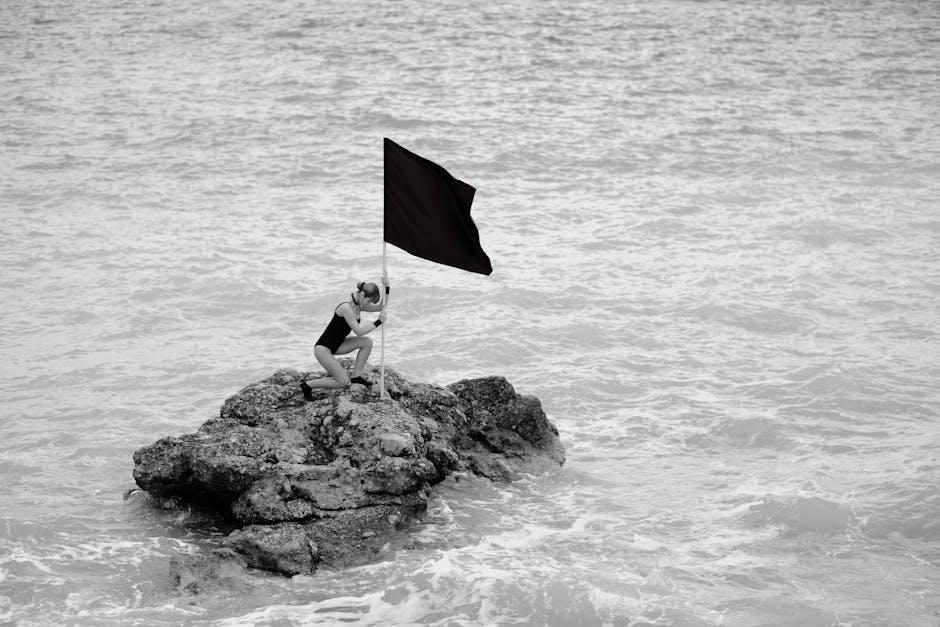
In the world of logos, archetypes are the unsung heroes – the secret sauce that gives a brand its personality and depth. From the mysterious Magician to the rebellious Rebel, these powerful symbols wield a surprising influence over how we perceive logos. So grab your magnifying glass and prepare to uncover the hidden world of archetypes in the realm of branding. Ready for an adventure? Let’s dive in!
Analyzing the Role of Archetypes in Logo Design
Archetypes play a crucial role in logo design, influencing how brands are perceived by consumers. Think of archetypes as the characters in a brand’s story, each archetype representing different traits and values that resonate with a specific audience.
When creating a logo, designers often tap into these universal archetypes to evoke certain emotions or associations. For example, a logo featuring a crown might convey authority and leadership, appealing to customers looking for a trustworthy brand. On the other hand, a logo with a playful mascot could target a younger, more lighthearted audience.
By understanding the role of archetypes in logo design, businesses can craft logos that speak to their target market on a deeper level. Whether it’s using symbols of power, like a lion, or symbols of freedom, like a bird, incorporating archetypes can help brands stand out in a crowded marketplace.
So, next time you’re brainstorming logo ideas, consider the archetypes that resonate with your brand’s values and audience. Who knows, you might just create a logo that becomes a timeless symbol of your brand’s identity!
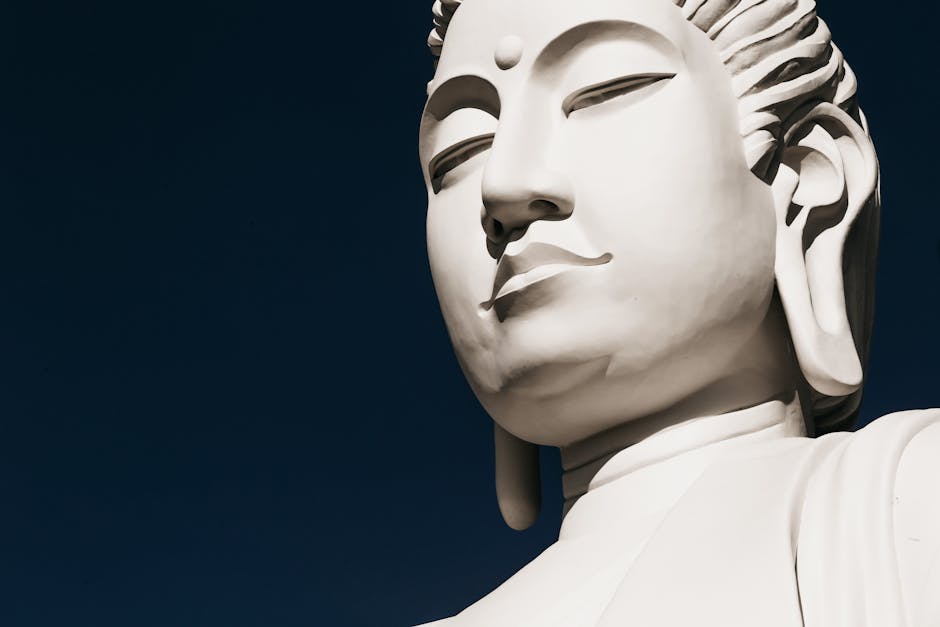
Historical Evolution of Archetypes in Logos
Archetypes have been a staple in logos for centuries, evolving over time to reflect the changes in society and design trends. From the symbolic to the abstract, these archetypes have taken on a life of their own in the world of branding.
One of the earliest archetypes in logos is the use of animals. From the majestic lion representing strength and power to the wise owl symbolizing knowledge, animals have played a key role in logo design. In more recent times, we’ve seen a shift towards more anthropomorphic animals, like the quirky fox or the hipster llama. These modern twists on classic archetypes add a fresh and fun element to logo design.
Another common archetype in logos is the use of symbols and icons. From the simple yet powerful peace sign to the classic heart shape, symbols have a way of conveying complex ideas with just a few lines. In the digital age, emojis have become the new symbols of our time, with everything from the crying laughing face to the poop emoji making their way into logo design.
As we look back at the , it’s clear that these symbols have stood the test of time, adapting and evolving to meet the needs of each new era. Whether it’s a fierce animal or a simple symbol, archetypes continue to play a vital role in the world of branding.
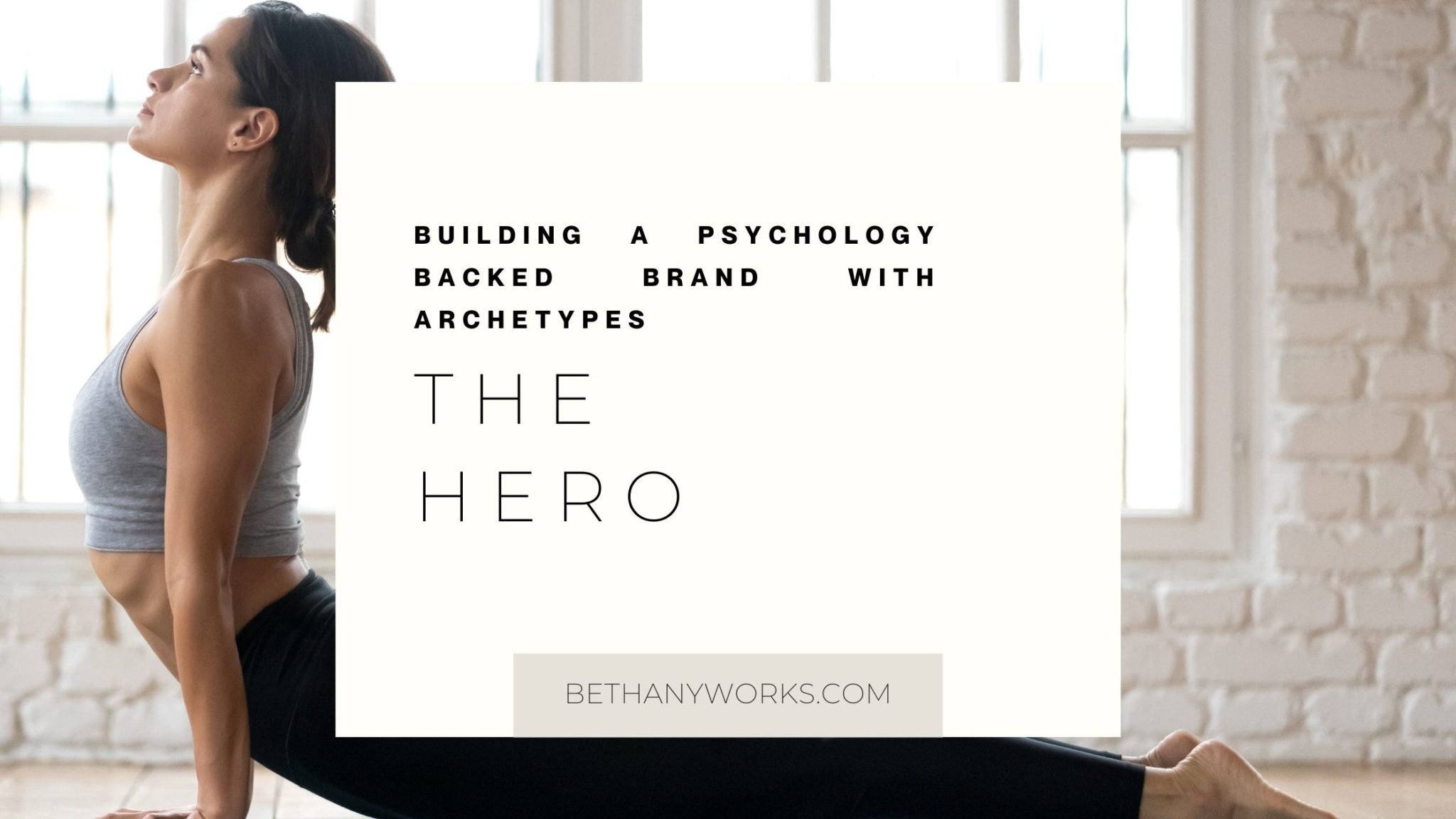
Different Archetypes and Their Psychological Impact on Consumers
Ever wonder why certain products speak to you on a deeper level while others leave you feeling meh? It could all come down to your archetype! Here are a few common archetypes and their psychological impact on consumers:
- The Innocent: Consumers who resonate with the Innocent archetype are drawn to products that promise purity, simplicity, and a sense of wonder. Think of brands like Dove or Innocent Smoothies – they evoke a sense of childlike innocence and trust.
- The Rebel: Rebels reject tradition and authority, so they are drawn to brands that challenge the status quo. Think Harley Davidson or Red Bull – they appeal to consumers who want to break free from the norm and live life on the edge.
- The Lover: Lovers seek intimacy, connection, and beauty in their products. They are drawn to brands that promise sensuality, romance, and emotional fulfillment. Think Victoria’s Secret or Godiva – they appeal to consumers who want to indulge in pleasure and passion.
So, next time you’re shopping for a new product, think about which archetype resonates with you the most. It might just explain why you’re always reaching for that same brand of chocolate or why you can’t resist buying anything with a rebellious edge!
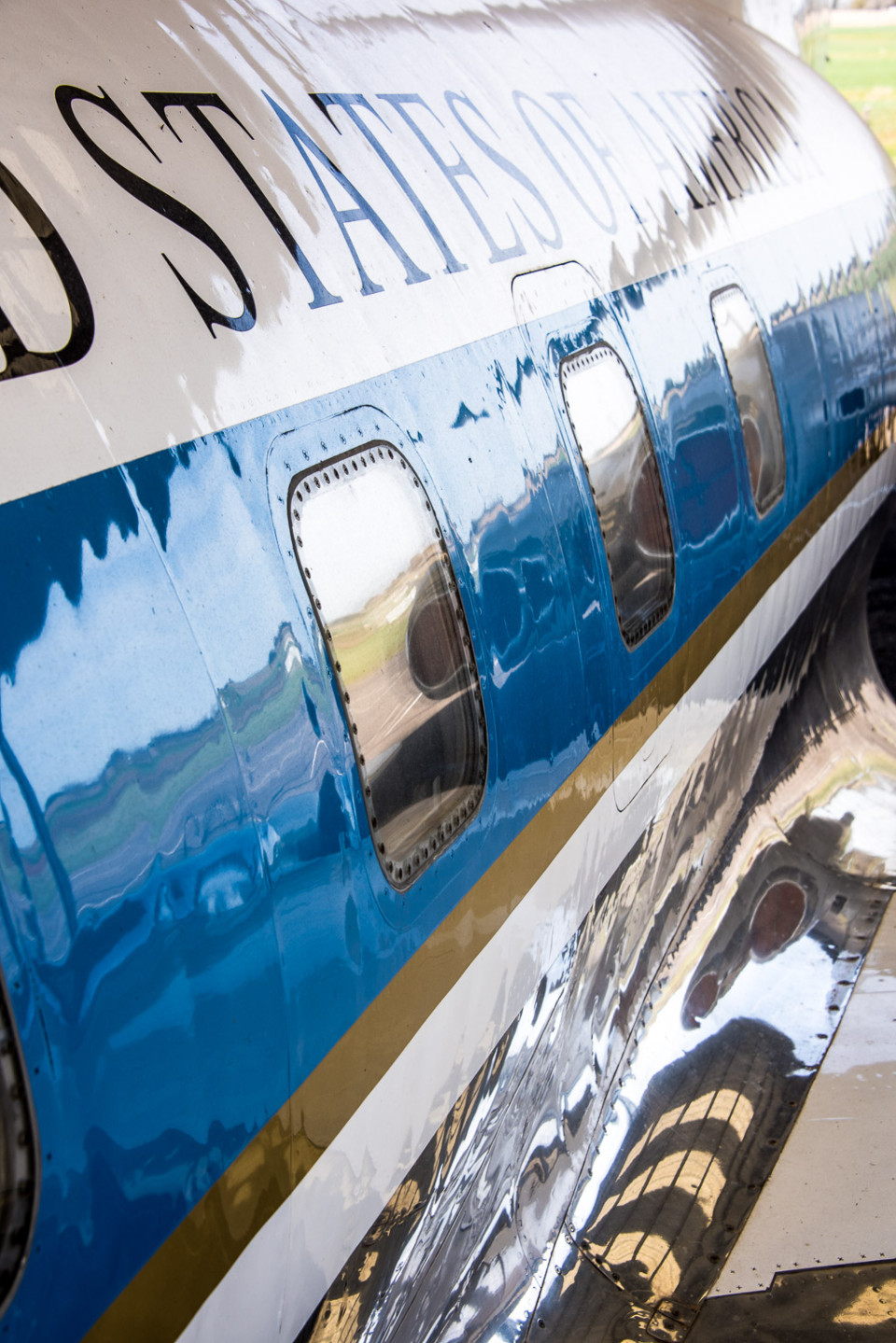
Case Studies: Successful Logos Utilizing Archetypes
First up, let’s talk about the Magician archetype. Taco Bell has brilliantly utilized this archetype in their logo design. By combining the magical and transformative qualities of a bell with the bold and vibrant colors, Taco Bell conjures up the image of a fast and flavorful dining experience that leaves customers spellbound.
Next, we have the Hero archetype in action with Nike. The swoosh logo has become synonymous with victory and athleticism, empowering athletes to push past their limits and achieve greatness. With a simple yet powerful design, Nike inspires millions to “just do it” and overcome any obstacle in their path.
Moving on to the Sage archetype, let’s take a look at Apple. The bitten apple logo represents knowledge, innovation, and sophistication. It’s a symbol of wisdom and creativity that has become iconic in the tech industry. With sleek design and cutting-edge technology, Apple continues to revolutionize the way we interact with our devices.
Finally, we can’t forget the Explorer archetype represented by the Starbucks logo. The mermaid with her flowing hair and mysterious allure captures the spirit of adventure and discovery. By offering a wide variety of coffee blends and cozy atmosphere, Starbucks invites customers to explore new flavors and embrace their inner explorer.
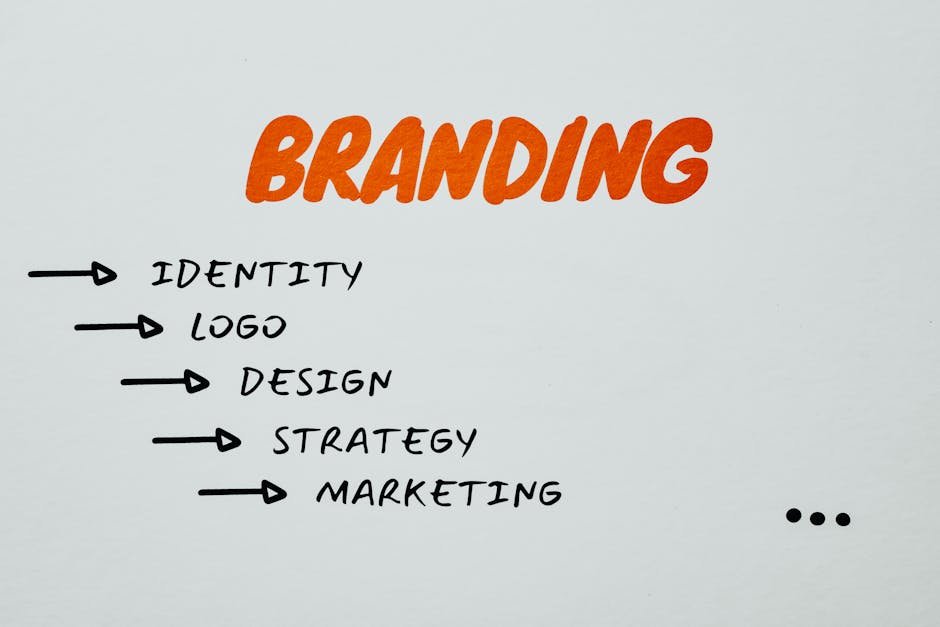
The Importance of Consistency in Archetype Usage in Logos
Consistency is key when it comes to using archetypes in logos. Think of archetypes as your brand’s personality – you wouldn’t want your brand to have multiple personalities, would you? Stick to one or two archetypes that best represent your brand and keep it consistent across all your marketing materials.
Imagine if Nike’s logo switched from the ‘hero’ archetype to the ‘jester’ archetype every other week. That would certainly confuse customers and dilute the brand’s message. So, when it comes to choosing an archetype for your logo, pick one that resonates with your target audience and stick with it!
Consistency in archetypes also helps build brand recognition. When customers see your logo, they should immediately associate it with your brand values and messaging. This becomes much easier when you have a clear and consistent archetype guiding your logo design.
So, don’t be a ‘hero’ one day and a ‘sage’ the next. Choose your archetype wisely, stick with it, and watch your brand identity grow stronger with every consistent use.
Psychological Implications of Archetype Selection in Logo Design
Have you ever stopped to consider the deep psychological implications of selecting a specific archetype for your logo design? Whether intentional or not, the choice of archetype can have a significant impact on how your brand is perceived. Let’s delve into some of the intriguing insights behind this design decision.
When you opt for a Jester archetype in your logo design, you’re sending a clear message to your audience: fun, creativity, and irreverence are at the heart of your brand. This choice can attract customers who are looking for a break from the mundane and a touch of humor in their interactions with a company.
On the other hand, if you go for a Hero archetype in your logo design, you’re positioning your brand as a beacon of strength, courage, and resilience. Customers may be drawn to your brand for its leadership qualities and ability to overcome challenges – just like a hero in a classic story. Who wouldn’t want to align themselves with a brand that inspires them to be their best selves?
Let’s not forget about the Lover archetype in logo design. By choosing this archetype, you’re tapping into themes of intimacy, passion, and connection. Your brand may appeal to customers who are looking for a deep emotional connection with the products or services they consume. After all, who can resist the allure of a brand that speaks to their heart?
FAQs
Why are archetypes important in logo design?
Archetypes are like the spice that adds flavor to your logo design dish. They bring depth, meaning, and resonance that can hook your audience and make your brand truly unforgettable.
Can you give an example of archetypes in logos?
Absolutely! Think of Nike, with its powerful “hero” archetype. The swoosh represents movement and victory, instilling a sense of empowerment in customers. Just do it!
How can I use archetypes to create a memorable logo?
First, identify the core values and personality of your brand. Then, choose an archetype that aligns with those qualities. Incorporate symbolism and imagery that evoke that archetype to create a logo that speaks volumes.
Do archetypes work for all types of logos?
Archetypes can work wonders for any logo, no matter the industry or niche. From playful “jester” archetypes for kids’ brands to sophisticated “sage” archetypes for financial institutions, there’s a perfect fit for everyone.
What pitfalls should I avoid when using archetypes in logo design?
One common mistake is choosing an archetype that doesn’t truly reflect your brand’s essence. Another pitfall is being too literal with the imagery, losing that mystical allure that archetypes bring. Stay true to your brand, and let the archetype work its magic.











